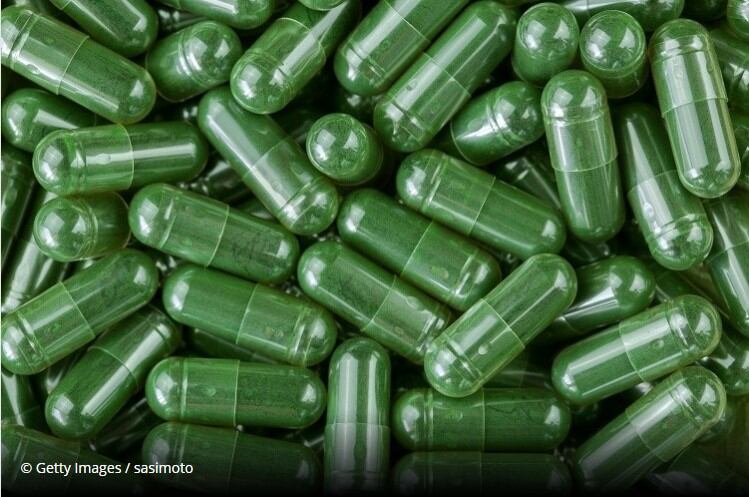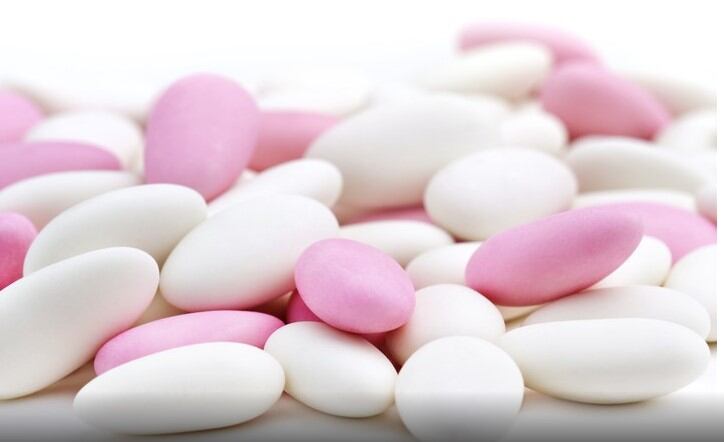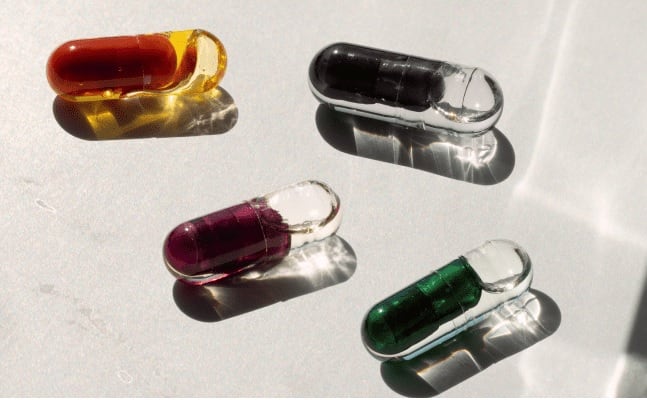But looking beyond food, the supplement industry is now looking to deal with the repercussions of EFSA’s decision that mostly impacts TiO2’s ability to boost the brightness and opaque properties of supplements.
For a major player like Lonza, the decision was not entirely unexpected, with the launch of its titanium-dioxide-free Vcaps Plus White Opal capsule back in 2019, the writing was on the wall even back then.
“The safe use of TiO2 has been under discussion for a long time, and extends into many industries, since TiO2 has many applications both in and beyond food,” explains Dr Ljiljana Palangetic, Head of R&D Hard Capsule Application Group at Lonza.
“With respect to the Capsugel Vcaps Plus White Opal capsule, Lonza used the opportunity to expand its portfolio to address customers impacted by the opinions of ANSES and the NVWA or who simply preferred to move away from TiO2, independent of decisions by regulatory agencies.”
The quest to find TiO2 alternatives is not an easy one according to Dr Palangetic, who had been working for Capsugel before it was acquired by Lonza back in 2016 €4.5bn ($5.5 bn).
The process is primarily dictated by the regulatory framework with potential solutions that could be used as a white colorant in food, food supplements or pharma products limited.
In addition, the acceptance of certain solutions could vary from one region to another. According to Palangetic, the exploration of alternatives outside current regulatory frameworks comes with additional complexity and can turn into a lengthy process without no guarantee for success.
TiO2’s physico-chemical properties
This is in addition to considerations towards TiO2’s physico-chemical properties, which makes it unique in terms of creating a unique white visual identity, while at the same time ensuring full masking of the capsules fill and protection of ingredients from degradation by light.
“The opacifying properties of TiO2 are currently unmatched by any other colorant,” explains Dr Palangetic.
“Importantly, especially for capsules colouring, all the previously mentioned is achieved with relatively low quantities of TiO2.
“Alternative solutions typically require higher amounts of colorants to be used in order to achieve similar effects, which may have a negative impact on capsules robustness and machinability.
“This imposes further constraints/limitations for the alternative solutions in capsules colouring: either the total amount of empty capsule ingredients has to be increased to make the capsule more robust or the amount of the alternative white colorant has to be reduced to a level that is not negatively impacting the mechanical performance of the capsules.
“This means compromising on the visual aspect of the capsules, their ability to mask the fill and to protect the ingredients from light degradation.
“Last but not least, the inertness of TiO2 (i.e. no interactions with other ingredients), its capability to withstand heat and light exposure, as well as its impact on the products has been confirmed through years of use.”
As Dr Palangetic attests to, the regulatory framework overseeing TiO2 addresses much more than its use, with stipulations in place when seeking out its alternative.
“If TiO2 can no longer be used as a food additive and taking into account that the EFSA assessment does not indicate any acute health concerns, a harmonised transition period allowing all companies to reformulate TiO2 containing food supplements would be helpful,” she said.
“It would be also interesting to understand whether there would be a willingness of the authorities to work with the industry to assess and authorise innovative solutions that could fill the gap that a TiO2 ban would create.”
‘Look at bigger picture’
Whatever happens going forwards, the Dr Palangetic stresses that it is important to look at the wider perspective, especially as EFSA’s report mentions TiO2’s nanoparticle structure.
Studies have suggested this form may allow it to pass through the protective walls of the lungs, liver and intestines.
Also, strictly speaking, EFSA’s opinion involved only foodstuffs, with its use in capsules or pills not considered due to, “no information on the extent and level of use of E171 in medicinal products was made available to EFSA.”
“The current statement focuses on TiO2 and is the result of multiple studies on the effect of TiO2. Easy or simple conclusions should be avoided and would undermine the efforts of EFSA and industry to meet the safety imperative,” she comments.
“It is important to take a look at a bigger picture, consider solid, scientific data, taking into account the way of use, the risks and the benefits.”




